The Center for Integrative Movement Sciences (CIMS), directed by Professor Monica Daley, is an interdisciplinary collective of UC Irvine faculty dedicated to advancing research in movement sciences. CIMS affiliates represent faculty across campus who engage in integrative research, spanning molecular biology to whole-organism and ecological scales of movement, and disciplines spanning biological sciences, medicine, engineering, social sciences, arts, and athletics.
Dr. Daley also directs the Human Performance Lab, a shared research facility that supports CIMS activities, while affiliate faculty also lead their own specialized labs.
CIMS serves as the UC Irvine-based hub and administrative center for the Integrative Movement Sciences Institute (IMSI), which connects a broader network of faculty affiliates from over 20 institutions.
CIMS Director
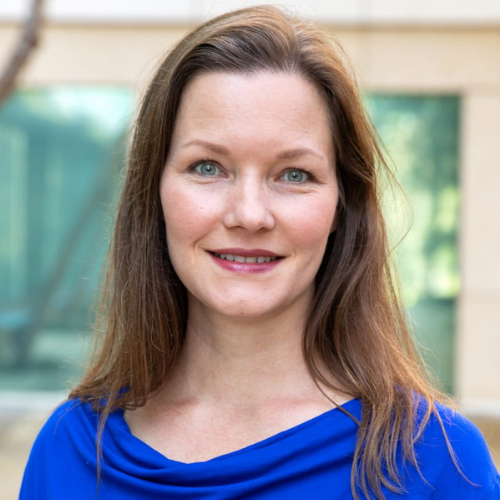
Monica Daley
Dr. Daley works at the interface of biomechanics, neuromuscular physiology, and neuroscience, to understand how humans and animals achieve integrated function for stable and agile movement. Research in the Neuromechanics lab, directed by Dr Daley, focuses on revealing fundamental principles for the biomechanics and sensorimotor control of bipedal locomotion in humans and ground moving birds. Bipedal gaits pose unique challenges for balance and stability. We study transient, ‘non-steady’ locomotor tasks, such as acceleration, turning, and negotiating uneven terrain. These tasks increase the risks of falls, collisions, and injury. We use experimental measures of biomechanics, in vivo muscle-tendon function, and muscle activation patterns to understand how movement is coordinated to minimize risks while meeting performance demands. These studies aim to reveal general principles for agile and stable movement that inform human and animal health and welfare— including clinical gait assessment, treatment of movement disorders, rehabilitation strategies, and bio-inspired engineering of legged robots and mobility technology.
Director of Education
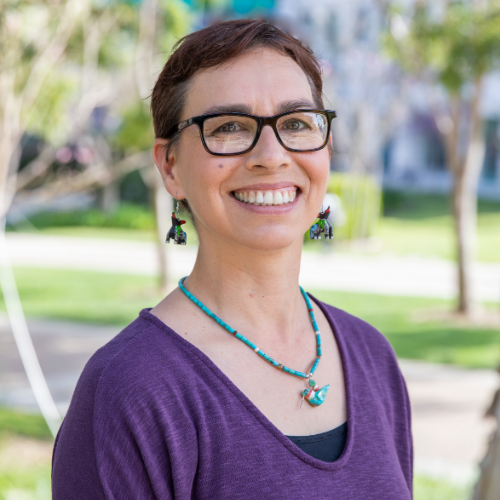
Nancy Aguilar-Roca
![]()
![]()
![]() | nmaguila@uci.edu
| nmaguila@uci.edu
Dr. Aguilar Roca’s primary education research is focused on the development and assessment of inquiry-based modules for upper-division physiology labs. In addition to curriculum design, she is working with other laboratory instructors to develop a graduate TA training program that is specific to teaching laboratories. Her second area of research is the use of active teaching techniques in large introductory biology lectures (>400 students/section). Although ideas for active teaching are abundant, few have been experimentally tested in an ecologically relevant setting. One specific strategy that she is pursuing is the use of a hybrid class format (i.e. some course content is converted into an online activity) in order to incorporate problem-solving and critical thinking exercises into class time
UC Irvine Internal Advisory Committee
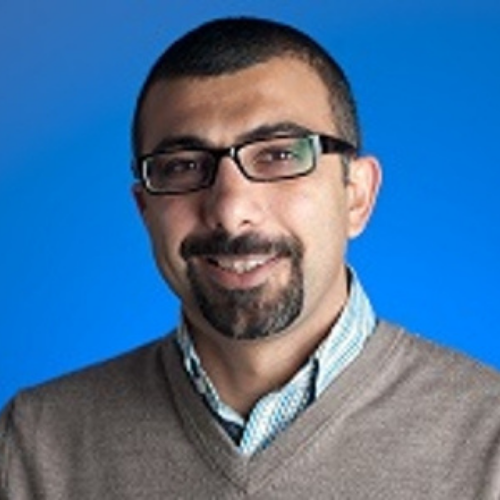
Manny Azizi
![]()
![]()
![]() | eazizi@uci.edu
| eazizi@uci.edu
Dr. Azizi’s research is focused broadly on the physiology and mechanics of movement. Work in his lab strives to understand how the basic properties of skeletal muscle have been shaped by evolution and how shifts in these properties affect neuromuscular health and performance.

David Reinkensmeyer
![]()
![]()
![]() | dreinken@uci.edu
| dreinken@uci.edu
Dr. Reinkensmeyer is interested in robotics, wearable sensors, and computational neuroscience for movement rehabilitation focused on persons who have experienced a stroke. His group designs innovative rehabilitation technologies based on an understanding of neuromuscular control and plasticity mechanisms. Developing improved rehabilitation technology not only helps people with disabilities improve their movement ability, but also enhances scientific understanding of motor learning and use-dependent plasticity, which can, in turn, help us invent more effective, clinically useful technologies and therapies. His group is also using such technologies, along with computational models of neuro-recovery, to help assess and enhance emerging neuro-repair therapies after stroke and spinal cord injury.
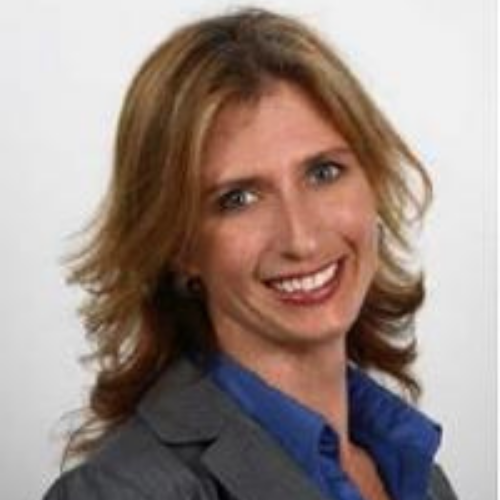
Kelli Sharp
![]()
![]()
![]() | ksharp@uci.edu
| ksharp@uci.edu
Dr. Sharp’s research embodies two pillars. The first pillar focuses on injury prevention and wellness for dancers using motion capture system and applying methods of analysis to determine the relationship of motion in space we can further reduce injuries. The second pillar focuses on the development of novel technologies to advance rehabilitation strategies for individuals with neurological disorders by incorporating tools, such as motion capture systems and functional magnetic resonance (fMRI) with dance/movement therapy.
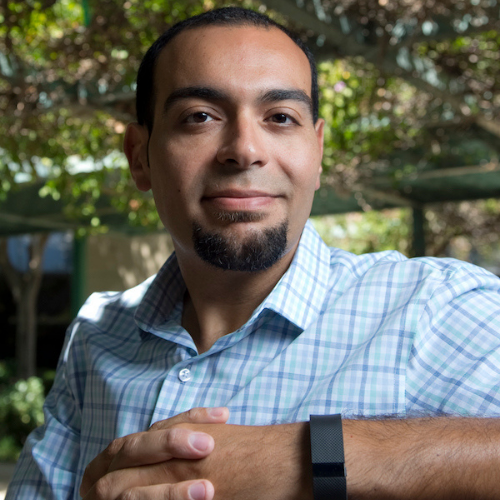
Michael Yassa
Dr. Yassa strives to understand how brains can store and retrieve information and in using this knowledge to improve the human condition. He uses cutting-edge human neuroscience tools to understand learning and memory in healthy and diseased brains. In particular, his lab is discovering ways in which our memory abilities change throughout the lifespan from childhood to older adulthood. Yassa’s lab is developing approaches to diagnose and treat memory disorders in patients with progressive diseases like Alzheimer’s disease or mood disorders like depression. The Yassa lab also explores the impact of lifestyle factors like sleep, diet, and exercise on memory and cognition. Dr. Yassa develops and refines cognitive assessment tools, with the goal of designing improved diagnostic and prognostic tests that can be used in community mental health settings.
UC Irvine Affiliates
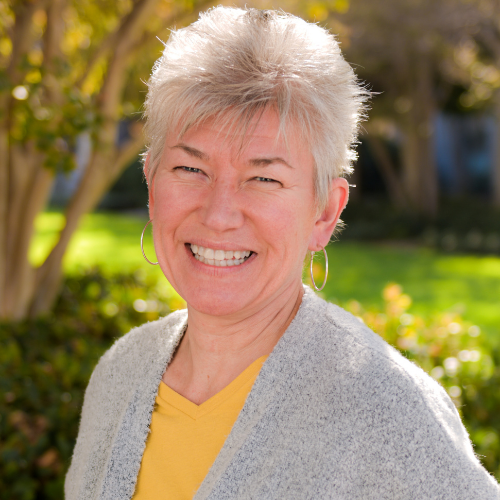
Aileen Anderson
![]()
![]()
![]() | cnishi@uci.edu
| cnishi@uci.edu
Dr. Anderson’s own research is focused on two principal goals. First, investigating the interactions of transplanted stem cell populations within the injured niche, including the role of the evolving inflammatory microenvironment in stem cell fate and migration decisions. Second, investigating the role of inflammatory mechanisms in degeneration and regeneration in the injured CNS, particularly the role of the innate immune response and complement pathways in these conflicting but intertwined processes. Much of the research in Dr. Anderson’s laboratory bridges the junction between seeking to understand mechanism at the basic neuroscience level, and identifying translational neuroscience strategies to ameliorate the cellular and histopathological deficits associated with SCI to promote recovery of function.

Naomi Chesler
![]()
![]()
![]() | nchesler@uci.edu
| nchesler@uci.edu
Dr. Naomi Chesler directs the Chesler Lab, the mission of which is to improve cardiovascular health through the integration of mechanical engineering, vascular biology, and imaging tools, to advance knowledge in these fields, and to educate the next generation of leaders in biomechanics and mechanobiology. The lab is especially focused on advancing the understanding of pulmonary hypertension and right ventricular failure. She also directs the UCI-Edwards Lifesciences Foundation Cardiovascular Innovation and Research Center, which has the larger mission of leading in dynamic discovery, innovation, translation, and inclusive excellence, and training the next generation of diverse leaders in cardiovascular science and engineering.

Liz Chrastil
![]()
![]()
![]() | chrastil@uci.edu
| chrastil@uci.edu
Dr. Chrastil uses fully immersive virtual reality functional magnetic resonance imaging (fMRI) to investigate the neural correlates of human spatial memory. She studies human path integration, spatial memory, and large-scale navigation in complex environments. The Chrastil lab looks to examine how active and passive navigation affect learning a new environment applying these same techniques. In addition, we are interested in questions of how proprioceptive input, vestibular information, decision-making, and attention contribute to learning different types of spatial knowledge. The Chrastil lab is broadly interested in individual differences in navigational abilities. Their research examines the relationship between performance and brain function, looking at both brain structure and fMRI activation across individuals.

Dan Cooper
![]()
![]()
![]() | dcooper@uci.edu
| dcooper@uci.edu
Dr. Dan M. Cooper is the Associate Vice Chancellor for Clinical and Translational Science at UC Irvine, and former Chair of Pediatrics at UC Irvine. He is the Principal Investigator of UC Irvine’s Clinical and Translational Science Award (CTSA). As a pediatrician, pediatric pulmonologist, and former director of a busy pediatric intensive care unit, his career in research, teaching, and clinical care has been formed by working with children with diseases like asthma, cystic fibrosis, and lung disease of prematurity—all conditions in which chronic inflammation takes a terrible toll. His research has been focused on the mechanisms that link exercise, growth, and health in babies and children. Dr. Cooper founded the Pediatric Exercise and Genomics Research Center (PERC) at UC Irvine in 2003.
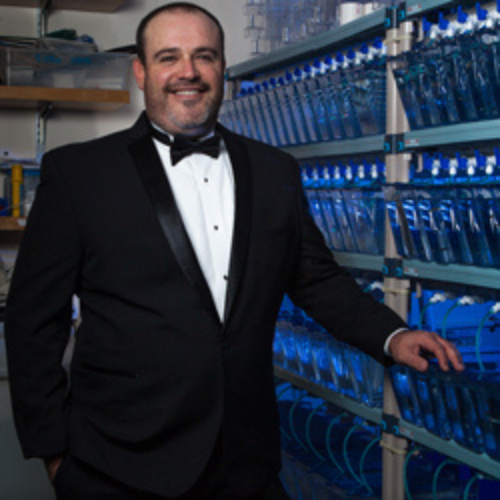
Donovan German
![]()
![]()
![]() | dgerman@uci.edu
| dgerman@uci.edu
Spanning from the molecular to the whole-organism level, research in Dr. German’s laboratory is focused on the energy acquisition strategies of organisms. In short, Dr. German is interested in how organisms make a living and the consequences of different energy acquisition strategies for ecosystem fluxes. He largely works in the marine environment, but his students also work in terrestrial systems.
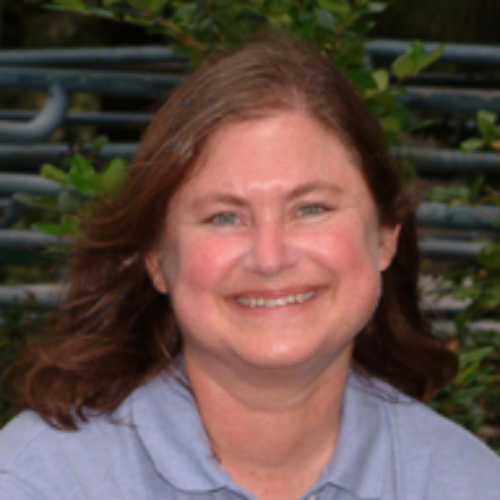
Joyce Keyak
![]()
![]() | jhkeyak@uci.edu
| jhkeyak@uci.edu
As a bioengineer, Dr. Keyak’s research currently focuses on biomechanical evaluation of whole bone strength (fracture force), treatment for osteoporosis and metastatic bone disease, and development of radioactive bone cement for treatment of tumors in bone. Dr. Keyak has developed software that can be used to evaluate hip fracture risk and the effects of exercise, spaceflight or medical treatments on proximal femur strength and fracture risk.

Michelle Khine
![]()
![]()
![]() | mkhine@uci.edu
| mkhine@uci.edu
The Khine Lab Team is dedicated to improving human health by developing innovative, low-cost, and scalable point of care and continuous monitoring solutions. Because their platform technology originated with a eureka moment and a children's toy, the Khine lab is also committed to 'pay it forward' by helping to invent the next generation of inventors. The Khine lab wants to change the world by developing solutions to improve and democratize healthcare and education. Prior to UC Irvine, Khine was an assistant and founding professor at UC Merced from 2006-09. At UC Merced, Shrink Nanotechnologies Inc., the first start-up company from the youngest UC campus, was spun out of the research developed in Khine’s lab.

Christine King
![]()
![]() | kingce@uci.edu
| kingce@uci.edu
King is interested in using active learning methods to improve engineering and STEM education. As a biomedical engineer with a broad background in wireless and mobile health systems, clinical trials research, brain-computer interfaces, rehabilitation and robotics, she is interested in creating real-world applications and examples to help students relate their course materials to the problems they will solve in the workforce. Through active learning techniques such as think-pair share, collective assessment, problem-solving using real data and game-based learning, she is interested in engaging students in the learning process by performing meaningful learning activities.

Catherine Loudon
![]()
![]() | cloudon@uci.edu
| cloudon@uci.edu
Dr. Loudon’s research interests are in the area of physical biology, or biomechanics: the application of physical principles in the study of biological processes. Physical laws determine to a large extent where and how organisms can eat, move, and sense their environment. She is particularly interested in insect sensory biology and bioinspired design. Dr. Loudon is also interested in innovative and effective teaching methods.
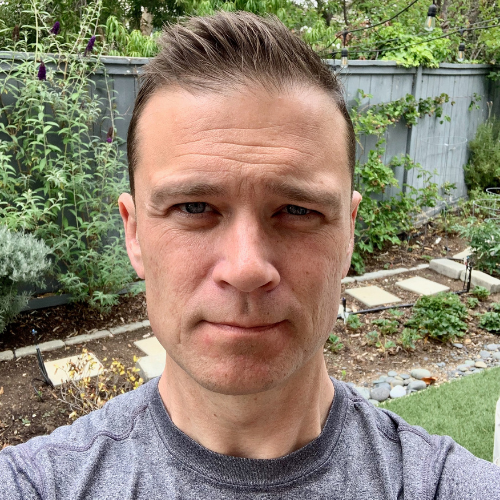
Matt McHenry
![]()
![]()
![]() | mmchenry@uci.edu
| mmchenry@uci.edu
The McHenry Lab studies the mechanics, sensing, and control of locomotion in aquatic animals. Current projects in his lab focus on understanding the communication between fishes in a school, the strategy of fish predators and prey, and the neuromechanics of crawling in sea stars.

Shlomit Radom-Aizik
![]()
![]()
![]() | saizik@uci.edu
| saizik@uci.edu
As a molecular biologist and exercise physiologist, Shlomit Radom-Aizik, PhD, seeks to open new avenues of research in the molecular transducers of physical activity, focusing on the genomic and epigenetic response of circulating leukocytes to exercise. In her role as executive director of PERC, she oversees a team of research associates, exercise technicians, trainers and molecular laboratory technicians who have successfully studied and trained hundreds of healthy children and adolescents in prescriptive exercise, as well as children with conditions including obesity, asthma, leukemia, congenital heart disease and spina bifida.
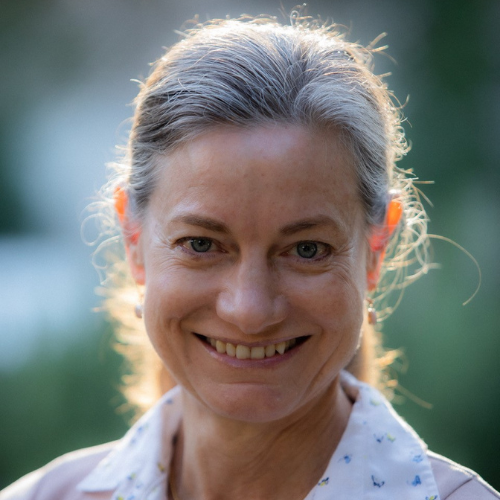
Margaret Schneider
Dr. Schneider is a behavioral psychologist and program evaluator with decades of experience conducting school-based intervention research to develop and test strategies to promote physical activity among low-active adolescents. With support from the NIH, she has investigated the impact of a multi-disciplinary diabetes prevention program addressing obesity among low-SES youth (The HEALTHY Study), the impact of an affect-based physical education intervention on low-active middle-schoolers, and the efficacy of a one-on-one intervention based on Acceptance and Commitment Therapy.

Oswald Steward
Dr. Steward’s research program explores how neurons establish, maintain, and modify their synaptic connections. One component of my research evaluates cellular and molecular processes that contribute to repair after CNS (especially spinal cord) injury. The second component addresses the mechanism underlying gene expression at synapses. Dr. Steward’s current research focuses on mechanisms underlying the selective targeting and translation of mRNAs at synaptic sites on dendrites. His research uses a combination of molecular biological and neurophysiological techniques, genetically-modified mice, and behavioral assessments to define mechanisms and functional role of local protein synthesis at synapses in vivo.

Ramesh Srinivasan
Dr. Srinivasan serves as the director of the Theoretical and experimental research in the Human Neuroscience Lab (HNL) at the University of California Irvine. The HNL is focused on the integrative function of the brain in cognition. Their working hypothesis is that cognition involves the interaction between local processes in specific regions of the cortex and global brain networks. They carry out experimental studies using EEG, MEG, TMS, and fMRI on visual and auditory perception and attention, and we use volume conduction and dynamic models to elucidate the neural mechanisms underlying our findings.

Candice Taylor Lucas
Dr. Taylor Lucas’ current research broadly addresses the health needs of low-income and minority communities. It seeks to identify norms for early-life physical activity and to evaluate associations between responsive parenting and play. She is the founding director of the Early Childhood Obesity Prevention Action Group of Orange County, an initiative whose collaborators include the Children and Families Commission of Orange County, the Orange County Health Care Agency and MOMS Orange County. She also initiated a monthly weight-management clinic for children and adolescents that she directs at the UC Irvine Health family health centers in Santa Ana and Anaheim, and at Gottschalk Medical Plaza in Irvine.

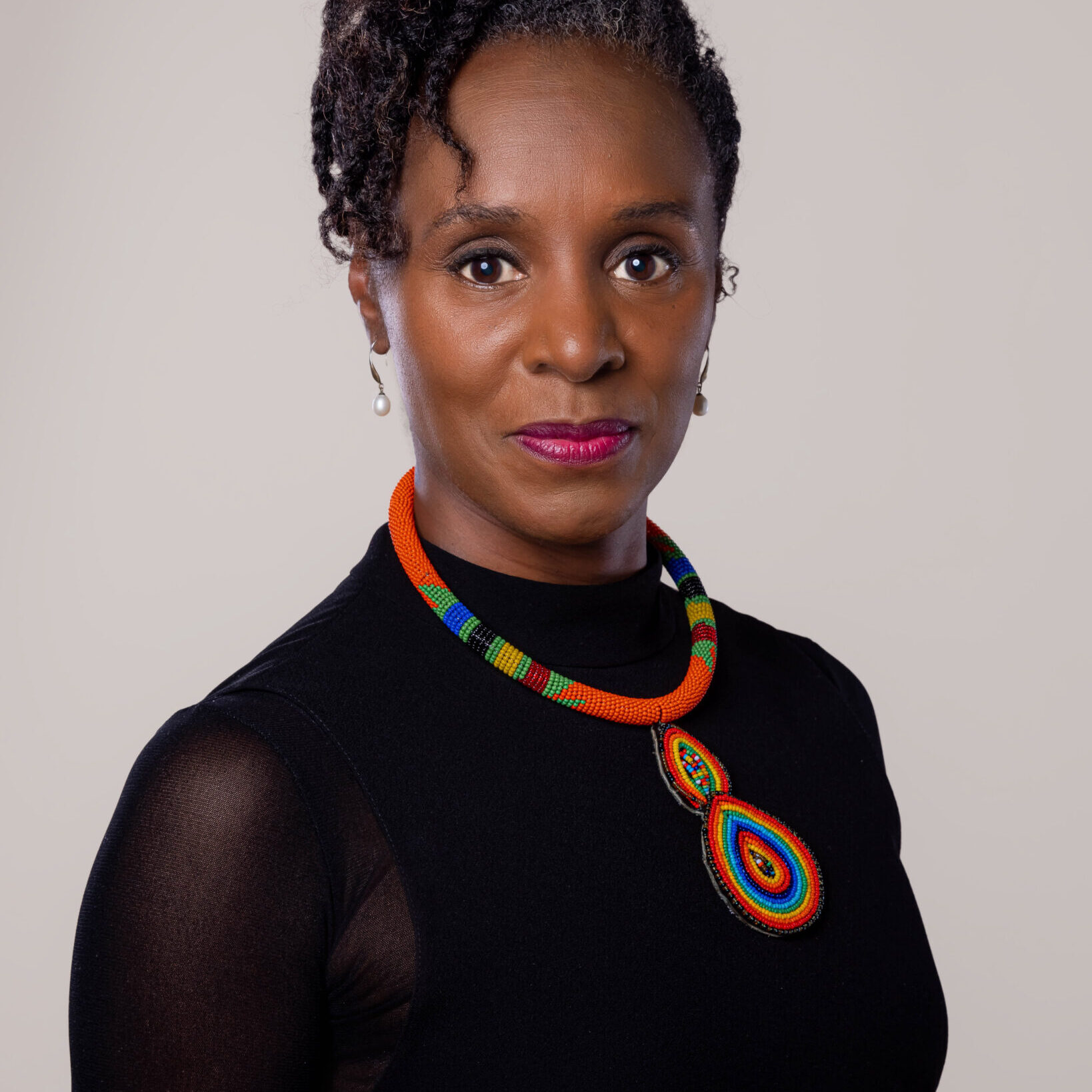
Sasha Voloshina
Dr. Voloshina's research focuses on developing effective robotic assistive devices for gait augmentation and rehabilitation. She is interested in identifying the biomechanical limitations of people with motor impairment, developing individualized training regimens with robotic devices, and designing assistive devices that more effectively interact with the user and environment.
S. Ama Wray
Dr. S. Ama Wray is Professor in both the Claire Trevor School of the Arts and the School of Humanities, where she is also the co-principal investigator of the Africana Institute for Creativity, Recognition, and Elevation. Wray’s examinations of West African cultures led to the creation of Embodiology® based on West African principles of human communication. Dr Wray collaborates with the CIMS to use the Embodiology® framework to investigate human movement and well-being. Dr Wray’s initiative Joy in Motion — supports everyday people in transforming their indoor isolation into spaces of 'co-liberation', and as a necessary part of the development of this work, Wray gives back to the Kopeyia Village community in Ghana.

Liangzhong (Shawn) Xiang
Xiang’s research focuses on biomedical imaging. In particular, his lab explores new ways to generate ultrasound for imaging. The TRUE lab (Theranostics with Radiation-induced Ultrasound Emission lab) has invented or discovered X-ray-induced acoustic computed tomography (XACT), fast proton-induced acoustic imaging (PAI), and electroacoustic tomography (EAT). Broad applications include image-guided cancer treatment, bone density measurement, and brain imaging and modulation.
